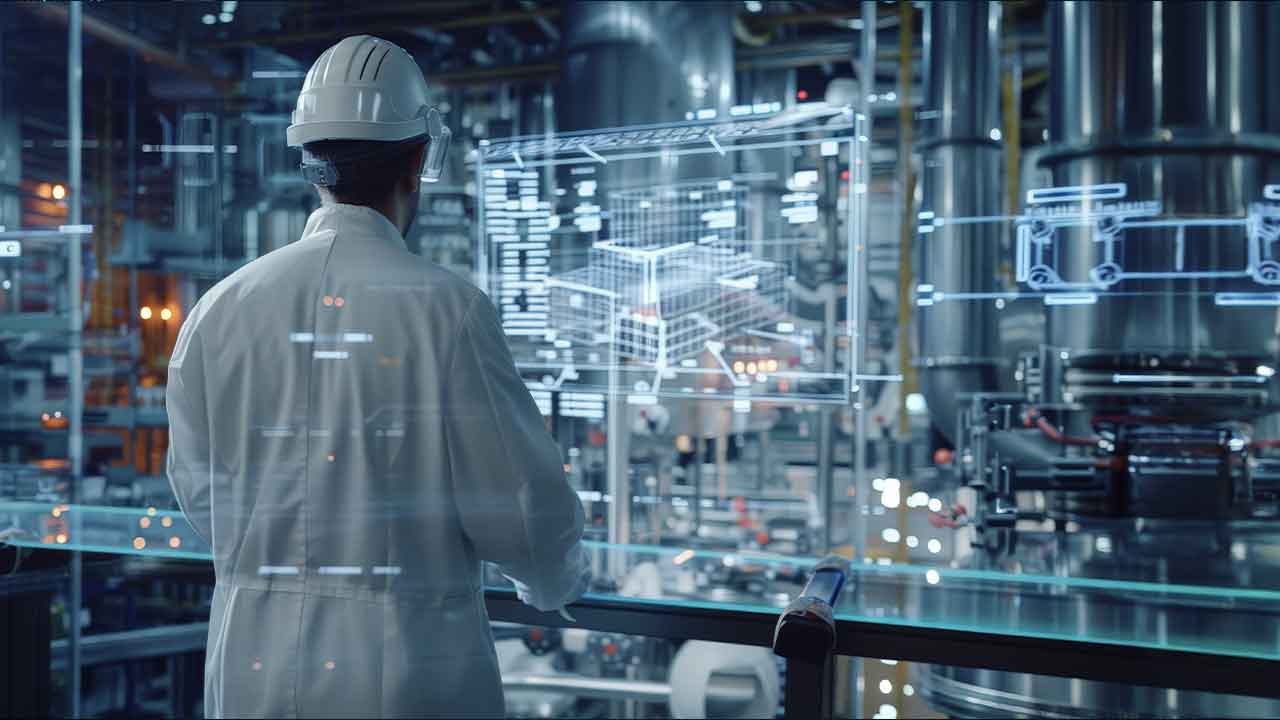A New Way to Harness IoT Data from Legacy Industrial Systems
If you’re familiar with the manufacturing world, chances are Programmable Logical Controllers (PLCs) are nothing new to you. Having their roots in the automotive industry, PLCs are omnipresent across all modern industries today and akin to the brains of factory automation systems. While coming in many shapes and forms, industrial PLCs are used for a common purpose – real-time production control. A PLC gathers data from thousands of input sensors, processes it and triggers automated actions on the corresponding output device like actuators, alarms and switches.
Integrating IoT for legacy equipment
As the Internet of Things (IoT) disrupts the industrial world, integrating legacy equipment with IoT connectivity becomes paramount. While some might question whether IoT will eventually replace PLC systems, seeing these two as mutually exclusive options isn’t the way to go. Indeed, given massive operational data concentrated in a PLC, being able to interface it with an IoT architecture could unlock unprecedented visibility on the factory floor. Not to mention, PLCs have gained their credit as a robust, versatile automation instrument, and it doesn’t look like manufacturers will move on without them anytime soon.
The Challenge of PLC Communications in Legacy Industrial Systems
Until recently, IoT-enabling PLCs had been a major undertaking. The explanation is simple. Invented in the previous century, they weren’t originally designed to be connected to an external system. PLCs might be able to communicate with each other or to a local dashboard at best, but their core functionality is real-time control, not remote networking. As such, data flows within PLC-managed automation networks are closed-loop and stay locked on the factory floor. On top of that, most, if not all, older PLC models employ a plethora of proprietary, vendor-specific protocols that hamper interoperability and data exchange. As PLCs are intended for several decades of use, it’s not uncommon to find these older models dominating a standard manufacturing facility.
Next-gen PLCs do not come without networking challenges, either. Many of them provide built-in Ethernet capabilities and an onboard web server to be directly plugged into the Internet. Nevertheless, running cables around factories is expensive, dangerous, and conducive to production shutdowns. In many outdoor, geographically dispersed industrial settings with challenging topography (e.g. open-pit mines), Ethernet wiring isn’t even an option. Also, PLC web servers require a case-by-case configuration to enable data sharing with an IoT system.
Despite the common understanding, not all PLCs are integrated into the factory-level Supervisory Control and Data Acquisition (SCADA) system. Doing so often requires complex, error-prone PLC reprogramming alongside cumbersome wiring which cost several weeks of production downtime. Certain SCADA systems are even proprietary and only compatible with PLCs from a specific vendor. This complicates the implementation of a unified remote monitoring network for cross-vendor PLC models and protocols. Find out if Internet of Things going to replace SCADA systems.
Plug-and-Play IoT Connectivity for Legacy PLCs
With the rise of advanced IoT technologies, connecting legacy PLCs is now much less of a hassle. Emerging plug-and-play solutions in manufacturing can help you easily IoT-enable your PLC without invasive hardware modifications and inefficient, labor-intensive cabling. Such a solution brings together two major pieces of the puzzle: a retrofit integration gateway and robust, long-range wireless connectivity. Using automation-specific protocols, the integration gateway interfaces with a legacy PLC to acquire critical data points. An IoT transceiver, connected with the gateway on the other end, then transports the data to a remote base station through a reliable wireless radio link, minimizing cable needs.
With a versatile solution, you can have a wide range of supported PLC models and physical interfaces to choose from, enabling scalable and cost-effective implementation of a larger monitoring and control system. At the same time, it allows you to select only the most essential PLC data tags for sending, instead of burdening your backend with influxes of useless information. The wireless connectivity must also be designed for rebar, structurally dense industrial facilities with heavy radio interference from running equipment and existing networks.
Besides simple and flexible implementation, an optimal PLC integration solution fulfills other critical requirements of your IoT deployment. It renders you with complete data control and ownership to decide whether to keep data entirely on-premises, forward it to a third-party cloud/ application platform for further analytics, or adopt a hybrid approach. Equally important, it ensures the security of your critical automation networks through a one-way wireless link and end-to-end data encryption. As legacy industrial systems were built with few security functions in mind, one-way data transfer from the PLC helps avoid attempts to remotely control machines through reverse communication. More about IoT in the Automobile Industry
Harness PLC data for Real Operational Values
Providing IoT connectivity for legacy PLCs enables companies to close the OT/IT gap and unlock real-time visibility into their operations. Previously, it used to take days or even weeks to collect data and generate operational reports from legacy industrial systems. With this delay, it’s often too late to handle an issue and costs can quickly escalate. Now, real-time insights allow businesses to timely pinpoint and act on bottlenecks to optimize processes and reduce costs. You probably know that in manufacturing, even a small improvement can make a big impact on the bottom line.
How to leverage PLC data to augment operational efficiency:
- Monitor machines and equipment and get alerts when anomalies are detected (e.g. motor overheating and excessive vibration, conveyor jams, valve/ pipelines leakage).
- Execute predictive maintenance through data modeling and machine learning.
- Oversee production rates and counts, cycle time, changeovers, scrap rates…to trace sources of performance losses (i.e. speed, availability and quality)
- Monitor fill levels of tanks and silos for just-in-time refills or emptying.
- Track energy consumption of equipment and systems to identify waste sources.
- Automate data collection for FDA and OSHA audits in industries like pharmaceuticals and food and beverage.
Given their indispensable role in legacy industrial systems, PLCs are poised to play a major role in IoT for manufacturing. With the advent of plug-and-play connectivity, updating brownfield PLCs for IoT is no more an expensive and daunting task. By breaking down data silos and tapping into unprecedented operation insights in real-time, the opportunities to enhance operations and bolster your competitive edge are endless.
Author
 Wolfgang Thieme is a Cofounder and the Chief Product Officer at BehrTech, an enabler of next-gen wireless connectivity for Industrial IoT. He has more than 12 years of experience in academic research and development; successfully innovating and implementing new technologies with commercial partners and managing development and product teams.
Wolfgang Thieme is a Cofounder and the Chief Product Officer at BehrTech, an enabler of next-gen wireless connectivity for Industrial IoT. He has more than 12 years of experience in academic research and development; successfully innovating and implementing new technologies with commercial partners and managing development and product teams.
Sorry, the comment form is closed at this time.




Pingback: A New Way to Harness IoT Data from Legacy Industrial Systems – IoT – Internet of Things